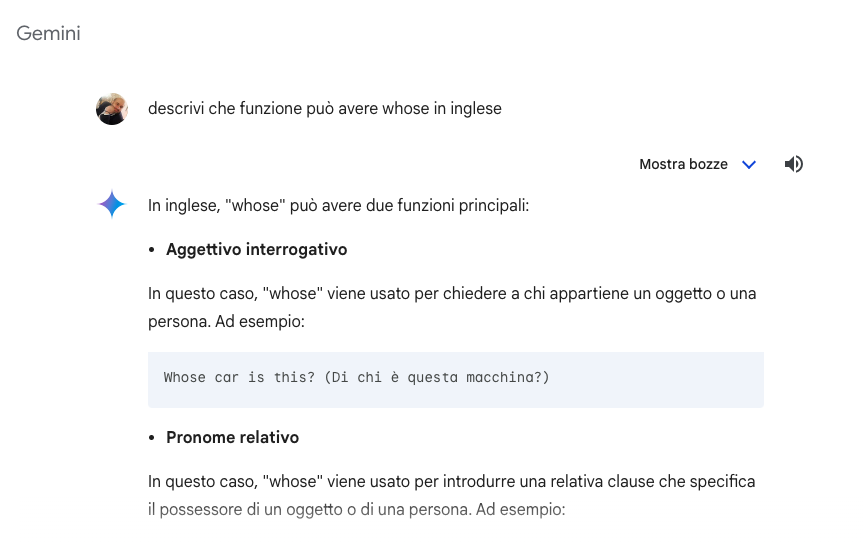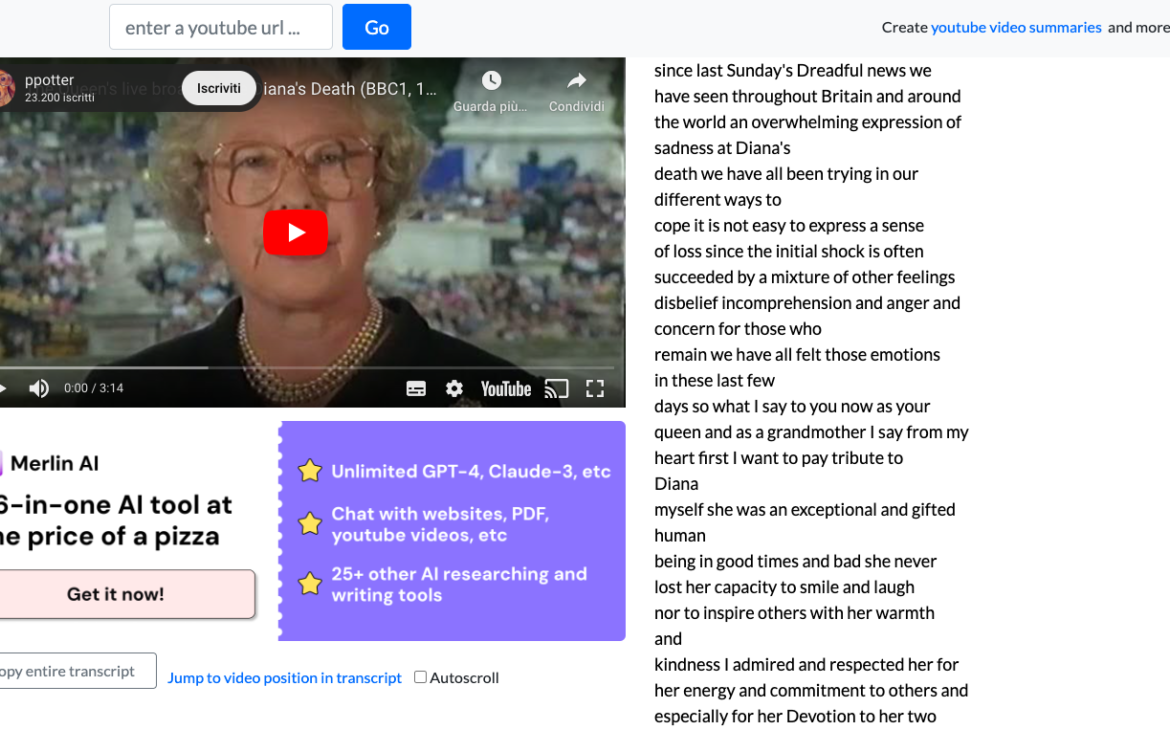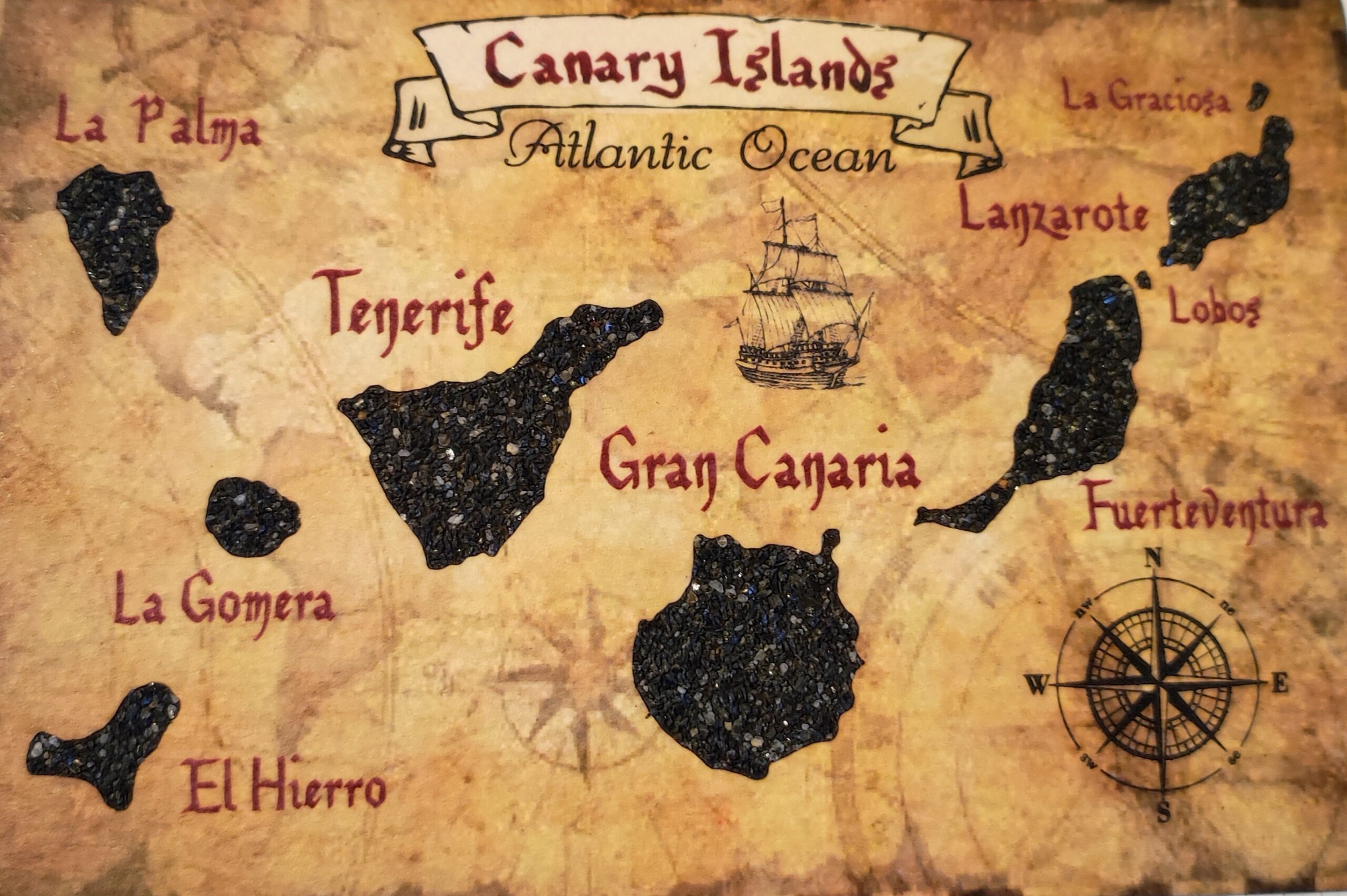| by Paolo Tancredi |
According to Francesco Marchesani, we are potentially witnessing the dawn of a new Industrial Revolution: the generative Artificial Intelligence (AI) one. In the past, many novelists and screenwriters had imagined a future world where sentient machines would be integral parts of men’s everyday life: from Isaac Asimov to “The Jetsons”, little did we know that time would come so relatively soon and how rapidly all things AI would progress! Anyway, all this comes as no surprise: after all, AI responds to a deep and (not so) subconscious need of all human beings – to create in one’s image and similarity. As frightening as it might sound, this is the new horizon we have to get acquainted with. It is completely natural to wonder if AI is a friend or a foe… As far as the yours truly is concerned, as a teacher, AI is not at all a foe, but it can be a precious friend. Like everything in life, it is what you make of something that defines it!
Let’s take a step back and let’s give a definition of what a generative AI system is. It is a predictive conversational technology which tries to provide the most relevant answer to any given entered prompt, based on the context. AI systems can perform tasks involving the management of huge amounts of data at high speeds efficiently. Being based on the Large Language Model (LLM), they interact via natural language commands (technical or programming skills are not necessary): indeed, LLMs can understand and generate advanced texts of various types (translations, texts generated on purpose, from scratch and answers to questions). AI generative systems change over time and adapt to users, detecting their preferences, needs and peculiarities.
AI generative systems are most performing when users input carefully and sensibly conceived prompts: the more detailed and descriptive the prompt, the better will be the outcome. The prompt is the request or question that a user submits to the AI generative system. It is very important to avoid linguistic ambiguities. Moreover, the submitted requests can contain indications concerning style, tone (using positive expressions, rather than negative ones), linguistic register (e.g.: formal or informal) and format (charts, lists, etc.) of the answer, references to a certain specific and relevant context, as well as clear and direct indications regarding the length of the content and elements to be included. The results of the input process might not necessarily meet the users’ expectations and need to be revised: they could feature cognitive or moral biases, applied in an automatic and uncontrolled way, that are potentially insidious, as AI generative systems do not own ethical consciousness, intentionality or moral depth and are not ethically neutral.
If properly used, AI generative systems applied to ELT can create an active partnership with teachers. Such a partnership allows a creative approach to teaching, allowing to tailor it and develop new ideas. To do so, a teacher must have a TPACK mind frame: this means that he or she must possess, master and integrate technological, pedagogical and content knowledge.
When it comes to teaching, AI can become a true resource that can be applied to, among others:
- WRITING (e.g.: providing personalized feedback to students, correcting grammar and spelling mistakes, etc.);
- INCLUSIVITY (e.g.: creation of supports for pupils with Special Educational Needs, such as maps and diagrams);
- creating PERSONALISED LEARNING ROUTINES.
AI apps applied to teaching can also integrate graphics and audiovisuals (e.g.: generating and/or analyzing multimedia texts) as well as support teachers in all the activities related to teaching (e.g.: creation of assessment scales). The most renowned and widespread generative AI systems are OpenAi’s ChatGPT, Google Gemini (formerly known as Bard) and Microsoft Copilot. Such systems are not the only tools available for teachers: there are plenty of AI powered apps that can help teachers developing specific contents that are functional to different lesson plans or classes (especially mixed abilities ones).
Before going any further with our little dissertation on AI and ELT, let’s set the record straight: AI is not a search engine like Google and, most of all and most importantly, could not and will not substitute teachers! Indeed, using AI represents an important test bench for teachers, whose levels of professionalism, knowledge and skills are inevitably involved and intertwined.
Let’s give some practical examples of how to use generative AI systems in ELT. A teacher can ask ChatGPT or Gemini (in my case) to provide an extensive explanation of a grammar rule, if this is not sufficiently exposed in the textbook. For example, I asked Gemini to explain the function of ‘whose’ in the English language:

Generative AI systems can help creating a series of grammar exercises. In this case, I prompted Gemini to create a series of exercises on the Present Simple of the verb ‘be’:

In case a teacher does not have teaching material for a specific activity he or she has designed, AI can come to the rescue: after having shown a movie in the original version, to test the students’ level of attention and comprehension, a teacher can ask a generative AI system to create a dedicated test:

As one can see, this time, the prompt is definitely more detailed, taking into consideration the linguistic level of the students and specifying the number of items. A teacher can also ask a generative AI system to create a set of open answer questions, starting from a given passage (the text is taken from the second volume of “Right ON TARGET” published by Pearson):

On a more complex level, a teacher can ask the generative AI system usually used to generate a text that can be used to start a debate, after having watched a film:

Please notice that the system gives the students the opportunity to listen to the generated text: this is a very important feature that can help students enhance their pronunciation skills and support dyslexic students in a reading comprehension activity. If a teacher wants to take things further and delve into the topic, AI comes in handy in generating the so -called “interviste impossibili” (impossible interviews):

If a teacher uses videos from YouTube while teaching, there is a very interesting AI – powered app that allows to get a transcription of a particularly interesting or meaningful video: YouTube Transcript. By just entering the URL of the video, this app provides the relevant whole transcription. If the video is from an official source, the out come will be practically ready to be copied and used:

If the video has been uploaded by a common user, most likely the generated text will use some editing before being submitted to the students:

Furthermore, as mentioned above, AI can help teachers with the bureaucratic aspects of their job, like in these cases:


Before wrapping this reflection on AI applied to ELT up, it is important to clarify that generative AI systems cannot be used by underage students, if not under the supervision of an adult. Wether it is right or not to let students use AI in their learning process, it is hard for me to tell and I will not venture in such troubled waters, but I firmly and strongly believe that teachers should not fear AI or look at it with skepticism: AI is more than an acronym – it is an ally that fosters creativity, originality and innovation in teaching!
BIBLIOGRAFIA
AA.VV., Guida all’Intelligenza Artificiale, 2024, Sanoma Italia, Milano-Torino
Marchesano, F., Intelligenza artificiale a scuola – I Quaderni della Ricerca n. 75, 2024, Loescher, Torino
Minardi, S., Chi ha paura dell’Intelligenza Artificiale nella didattica delle lingue? Noi no, in lend 4_2023
THE AUTHOR
Paolo Tancredi is a lower secondary school teacher of English and works in Rutigliano, Puglia Italy. He is responsible for the Bari group of lend – Lingua e Nuova Didattica and a member of AIF – Associazione Italiana Formatori. Occasionally, he collaborates with Sanoma Pearson.
Please contact Paolo for further teaching tips:
ptancredi@tiscali.it



